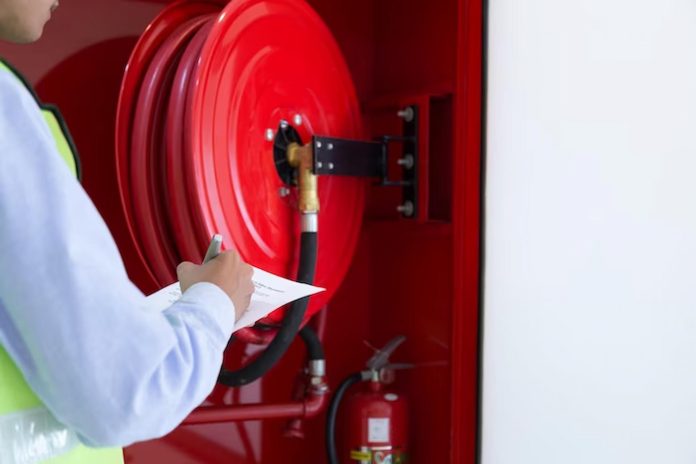When it comes to fire safety, fire dampers play an essential role in preventing the spread of flames and smoke within a building. These mechanical devices are designed to respond quickly if a fire breaks out, restricting the passage of fire and smoke through ductwork and ventilation systems.
However, there are still many myths circulating about fire dampers and the role they play, which could result in misunderstandings and mismanagement of these critical safety solutions. By dispelling these myths, we can boost awareness of what fire dampers are and what they do. Let’s take a look at five major myths about fire dampers.
Myth #1: Fire dampers are only needed in commercial buildings
Some people believe that fire dampers are only required in big commercial structures and not needed in smaller residential buildings. The truth is that fire dampers can play a pivotal role when it comes to maintaining fire safety in a wide range of buildings, including residential structures. Building regulations require that fire dampers are installed in specific environments to prevent the spread of fire and smoke through ductwork.
Myth #2: Fire dampers don’t require maintenance
Another dangerous myth is that once a fire damper is installed, it doesn’t need any maintenance carried out. However, regular maintenance and inspections are crucial for ensuring that fire dampers are continuing to perform effectively. The Regulatory Reform (Fire Safety) Order 2005 places a legal duty on building owners to keep fire safety measures such as dampers in good working order.
Myth #3: Fire dampers are only installed in horizontal ducts
Some people believe that fire dampers are only needed in horizontal ductwork and are unnecessary in vertical ducts. In reality, fire dampers are required in both horizontal and vertical ducts. They play a key role in preventing the spread of fire and smoke through ventilation systems, regardless of the duct orientation.
Myth #4: Fire dampers are only required in new buildings
Another common misconception is that fire dampers are only required in new construction projects rather than in existing buildings. However, fire safety regulations apply to buildings of all ages, which means that building owners must assess their properties and, if necessary, retrofit fire dampers in order to comply with safety standards.
Myth #5: Fire dampers are unnecessary if other fire safety measures are in place
Some people presume that fire dampers aren’t required if other safety measures are in place, such as fire-resistant materials and sprinkler systems. Fire dampers are actually critical components in a comprehensive fire safety strategy. Although other measures are important, fire dampers specifically address the containment of fire and smoke within ventilation systems. They work with other systems to optimise the overall fire protection of the structure.
For fire damper testing services, look no further than Swiftclean. You can reach the team by calling 0800 243 471, sending an email to info@swiftclean.co.uk, or by completing the form on the site.





























